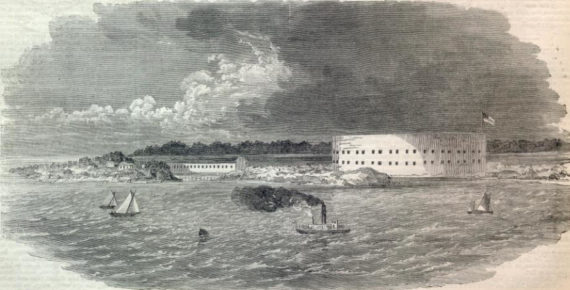
A new hotel in the Art Deco splendor of the old R.J. Reynolds headquarters hoped to attract travelers from far and wide. Nobody expected guests to come from just across town.
Fifty people were invited to the grand opening of a new hotel in Winston-Salem in 2016. Two hundred showed up, most just wanting a look inside. One of them was Dr. Lou Gottlieb, who, decades before, had his ophthalmology office on the 12th floor of the high-rise. Back then, a patient coming in for a new set of glasses would sometimes push the wrong button in the elevator and be spit out into the office of the chairman of the R.J. Reynolds Tobacco Company.
The Reynolds Building, now home to The Cardinal Hotel, was once the company’s headquarters. It’s an Art Deco palace of Indiana limestone, polished brass, and corporate intrigue. No expense was spared. One year, the company tore up the sidewalk and installed heating coils underneath because a snowstorm had made the concrete slick. The building had its own small army of plumbers, carpenters, and electricians, as well as a tight security force. After Dr. Gottlieb noticed a pair of glasses missing from a display case, the company posted a guard in his office 24 hours a day for a month. They nabbed the thief: a repairman who’d pocketed some specs during his monthly after-hours visit.
More @ Our State

